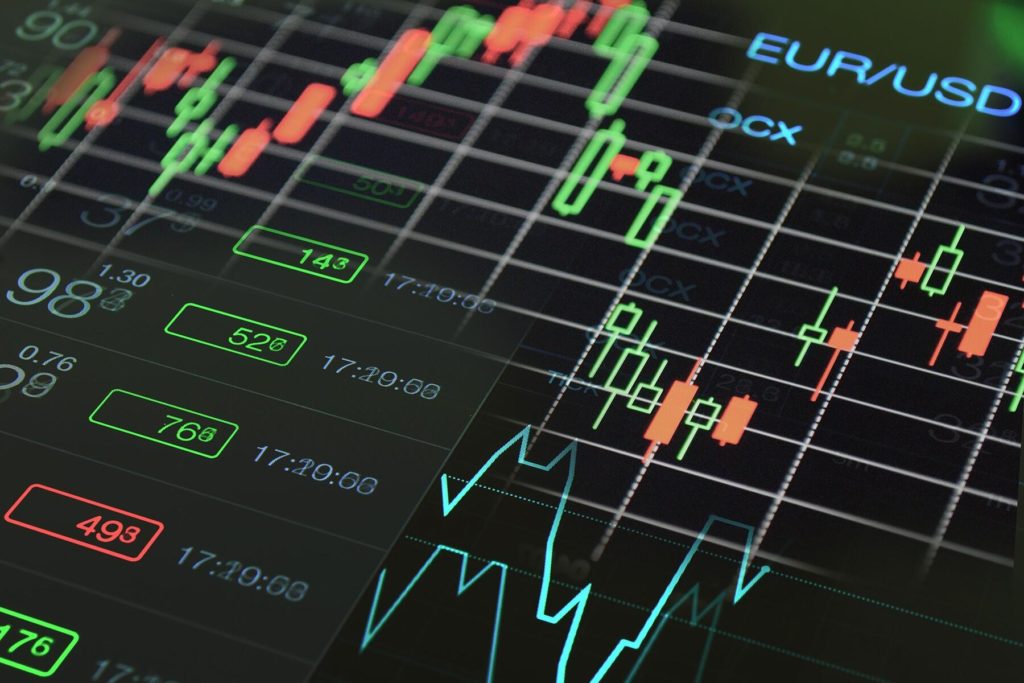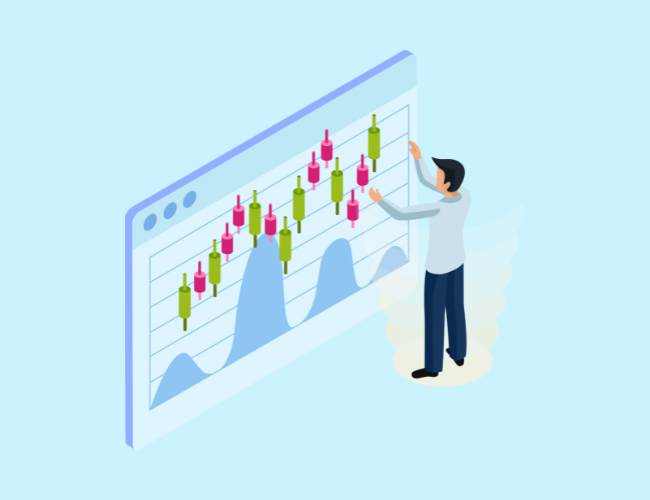The Top 25 Stocks in the S&P 500: In-Depth Analysis
What is the S&P 500?
The S&P 500 is one of the most widely recognized stock market indices globally. It includes 500 companies, although due to multiple share classes issued by some companies like Alphabet, the index tracks a total of 504 stocks. The top 10 largest holdings in this index can be found on the official S&P Global website, although access to the complete list of holdings is limited to subscribers of S&P’s research division, Capital IQ.
S&P 500 companies are considered leaders within their industries and serve as a gauge of U.S. economic performance.
Key Takeaways
- Top U.S. Companies: The S&P 500 consists of companies that are leaders in their industries and are representative of the U.S. economy.
- Inclusion Requirements: Companies must meet strict criteria to be added to the index, including a total market capitalization of $14.5 billion.
- Market-Cap Weighted: The S&P 500 is a market capitalization-weighted index, meaning larger companies have a greater influence on the index’s performance.
- Removals: Companies can be removed if they no longer meet the index’s stringent requirements.
Criteria for S&P 500 Inclusion
The S&P 500, established in 1957, focuses on the large-cap sector of the U.S. market. For a company to be included, it must:
- Have a total market capitalization of at least $14.5 billion.
- Be a U.S. company.
- Maintain a float-adjusted liquidity ratio of 0.75 or higher.
- Show a positive earnings record for its most recent quarter and the last four quarters combined.
- Meet liquidity requirements.
If a company no longer adheres to these standards, it can be removed from the index.
The Impact of Market Capitalization on the Index
The S&P 500 uses a free-float market capitalization-weighted methodology to calculate its value. Market capitalization (market cap) refers to the total dollar value of a company’s outstanding equity shares. A larger market cap means the company has more influence on the overall index.
For example, a company with 20 million outstanding shares priced at $100 each has a market cap of $2 billion. The more valuable the company’s stock, the greater its contribution to the S&P 500’s overall return. This is why the top-performing companies significantly impact the index’s performance, while smaller companies have a less noticeable effect.
Current Sector Weightings (as of Feb. 25, 2025):
| Sector | Weighting |
|---|---|
| Information Technology | 30.7% |
| Financials | 14.1% |
| Consumer Discretionary | 11.4% |
| Healthcare | 10.5% |
| Communication Services | 9.9% |
| Industrials | 8.3% |
| Consumer Staples | 5.5% |
| Energy | 3.1% |
| Utilities | 2.3% |
| Real Estate | 2.1% |
| Materials | 1.9% |
The sectors with higher weightings, like information technology, have a greater impact on the index’s performance compared to sectors with smaller weightings. For instance, while energy stocks might rise with increasing oil prices, their smaller weighting of 3.1% means that sector gains will have less impact on the index’s overall performance compared to the technology sector.
The Top 25 Stocks in the S&P 500 Components (By Market Cap)
The exact weightings of the top 25 components aren’t freely available from S&P itself but can be estimated through the SPDR S&P 500 Trust ETF (SPY), the oldest exchange-traded fund tracking the index. SPY’s portfolio weightings serve as a proxy for the S&P 500’s top holdings. The top 25 companies by weight in the SPY as of Feb. 25, 2025, are:
- Apple (AAPL): 7.35%
- NVIDIA (NVDA): 6.29%
- Microsoft (MSFT): 5.91%
- Amazon (AMZN): 3.91%
- Meta Platforms (META): 2.86%
- Alphabet Class A (GOOGL): 2.06%
- Broadcom (AVGO): 1.91%
- Tesla (TSLA): 1.81%
- Berkshire Hathaway (BRK.B): 1.79%
- Alphabet Class C (GOOG): 1.69%
- JPMorgan Chase (JPM): 1.44%
- Eli Lilly (LLY): 1.36%
- Visa (V): 1.19%
- ExxonMobil (XOM): 0.96%
- Costco (COST): 0.90%
- Mastercard (MA): 0.90%
- UnitedHealth Group (UNH): 0.83%
- Netflix (NFLX): 0.83%
- Walmart (WMT): 0.80%
- Procter & Gamble (PG): 0.79%
- Johnson & Johnson (JNJ): 0.77%
- Home Depot (HD): 0.74%
- AbbVie (ABBV): 0.70%
- Bank of America (BAC): 0.58%
- Salesforce (CRM): 0.58%
The weightings reflect the significance of large-cap tech companies like Apple, NVIDIA, and Microsoft, which dominate the index.
How Are Companies Selected?
The criteria for selecting companies in the S&P 500 are as follows:
- A market cap of at least $14.5 billion.
- The company must be based in the U.S.
- A float-adjusted liquidity ratio of 0.75 or higher.
- Positive earnings over the last four quarters.
- Profitable in the latest quarter.
- Meeting certain liquidity requirements.
Can You Invest in The Top 25 Stocks in the S&P 500?
While you cannot directly buy the S&P 500, you can invest in exchange-traded funds (ETFs) that track the index. One of the most popular ETFs is SPDR S&P 500 Trust ETF (SPY), which mirrors the S&P 500’s performance.
The top 25 companies in the S&P 500 are a mix of the world’s leading technology, financial, and healthcare companies. As investors, you can either invest directly in these individual stocks or opt for an ETF that provides broader exposure to the index.
By staying informed on the weightings and performance of these top companies, you can make better investment decisions and understand how macroeconomic factors, such as sector performance, might influence the overall S&P 500 index.












Leave a comment